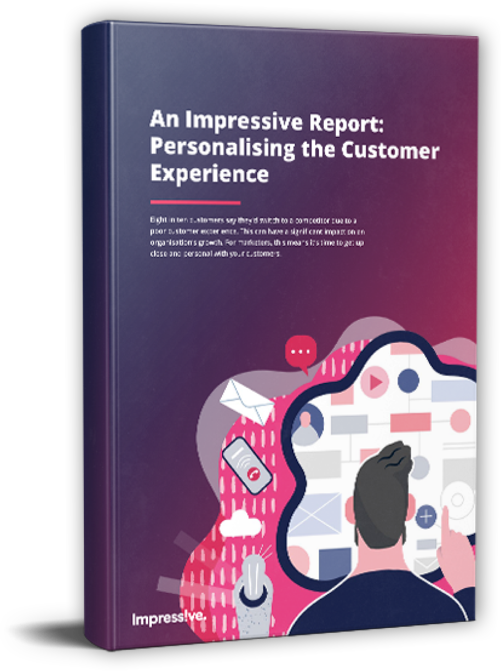The first of a five-part series of blogs on the ins, outs and future of content marketing, this blog post will explain the three stages of good content marketing.
Borrowing from Digital Marketers Content Lifecycle, this post aims to show that making a sale via content marketing is all about structure. You have to let people know about your product, appeal to their needs and make a sale when they’re interested.
The internet has made it easier to purchase things but difficult to discern good from bad, because there’s so much out there. A solid structure is clear, concise and easy for customers to follow. Think of it as the skeleton to the whole body of good content marketing. Each subsequent blog post will be dedicated to filling out the rest of the body.
Awareness
This stage is all about a cold sale. You need to capture your customer’s attention so they notice your product before you can get them interested enough to make a sale. On the internet, awareness can be facilitated in a number of ways, some of which may be more suited to your product than others.
Blogging is an excellent awareness tool for a number of reasons. With an efficient, creative writer, a blog can be an educational and entertaining way to advertise your product. Gone are the days of loud, obnoxious TV ads blasting out their message—advertising needs to disguise itself as entertainment in order to work well.
Social media campaigns can spread awareness like a bushfire. Taking a hint from some of the best, a good social media campaign often starts with a thought provoking video or piece of writing that aims to plant a seed in the mind of the viewers, intriguing them with something they can’t ignore.
Evaluation
Once your potential customers are aware of your product, it’s time to get them involved. This stage is all about urging your clientele to take the next step, because they’ve already stuck around long enough to check out what you’re offering. They’re ready to evaluate your wares.
Encouraging customers to download something, enter their email address, fill out a survey for a coupon or simply click a link means they are participating. It’s like writing down your details at a street fundraising stall—you wouldn’t be doing it if you weren’t interested.
Conversion
They’re aware of your product, you’ve intrigued them enough to participate, now how do you convert that into sales?
Digital Marketer recommends using customer stories as a conversion tool. A story from a customer shows proof that your sales have worked in the past, implanting in the mind of the customer that they will again in the future. If one customer is happy, why not more?
A sale is a promise. You are vowing quality and worth in your product by selling it to a customer. They need to trust you before they take out their wallet. Show them how simple it is to use your product, why it’s worth shelling out their hard-earned cash, how they can benefit themselves with their new purchase.
Having a basic structure to your content marketing takes out the possibility of overstepping your boundaries; too many companies try to get customers to pay before they know what they’re buying. This content marketing strategy shows respect to your customer, educating them, allowing them to make decisions and promising quality products for their money.














